近年来,双面和浮式光伏应用都呈现出显著增长态势。然而到目前为止,将这两种技术结合起来还存在较大困难。
据称,浮式光伏的优势之一是水的冷却效果可让组件保持较低的工作温度。但要利用这一优势,组件需要以低角度安装在靠近水面的位置,这就提高了同时利用抵达组件后侧的光线的难度。而且由于水面上的位置通常没有遮蔽,因此如果将组件以较为陡峭的角度安装,使其两侧都暴露在阳光下,又会带来进一步的安全问题。
不过从能量产出潜力来看,将两者结合在一起是有优势的——这是多伦多大学的科学家们最近进行的一项模拟试验得出的结论。他们模拟了一系列不同配置的浮式双面光伏系统,发现南北方向的面板可以比单面安装的同样组件多接受55%的太阳辐照度。
在有波浪的水面条件下,这一优势降低到49%;而如果采用东西向的安装,计算出的辐照度增加幅度仍有33%。关于这项模拟研究的详细内容发表在期刊《Energy Conversion and Management》的《双面光伏太阳能面板用于海上应用的新的性能评估方法》一文中。 但这项模拟研究没有关注水的冷却效应,或是温度对组件性能的影响。反常的是,研究人员加入了一个假设,即相对的面板之间使用了一个冷却系统。这在实际安装中很可能是无法实现的,但研究人员这样可以假设面板的表面温度恒定,因此达到最高效率。
论文作者除了建议研究温度效应外,还提出未来对浮式和双面面板的分析应考虑采用固定倾斜角度和安装跟踪器之间的差异,以及进行不同系统设计的成本分析。
开发浮式双面光伏装置的过程还需要考虑更多因素,风力至少是其中之一。但首次模拟研究的结果表明,这种值得钻研的潜在优势是绝对存在的。“在这项研究中我们可以看到,总体而言,双面组件在所有位置和方向上都比单面组件实现了效率提升。”研究人员总结道。
This content is protected by copyright and may not be reused. If you want to cooperate with us and would like to reuse some of our content, please contact: editors@pv-magazine.com.
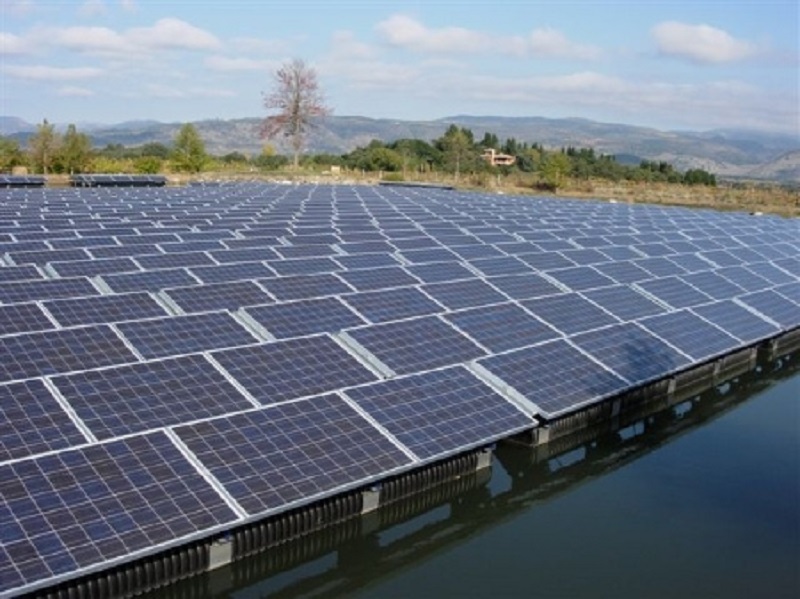
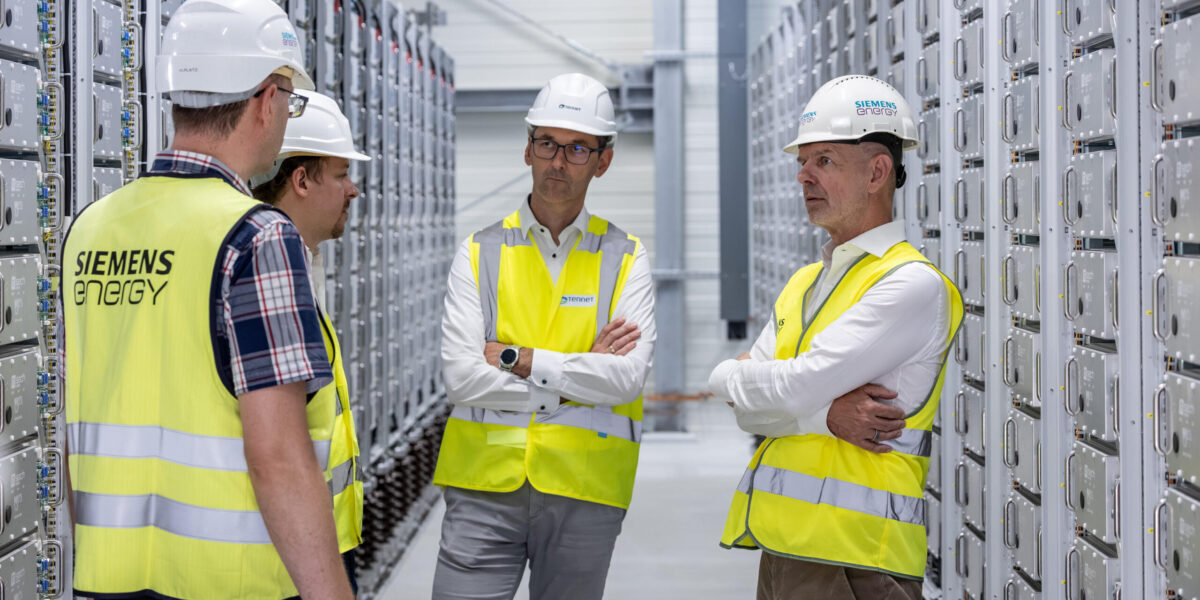



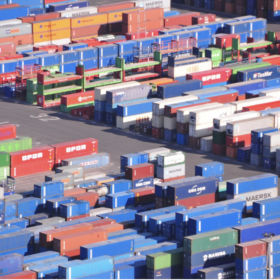


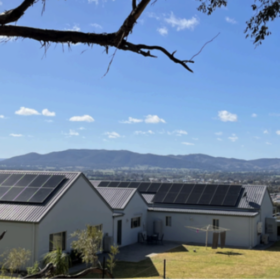
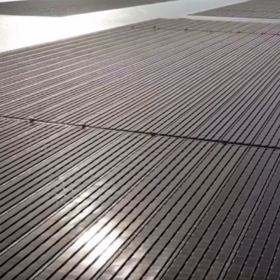


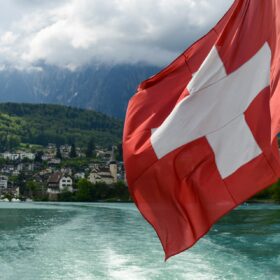
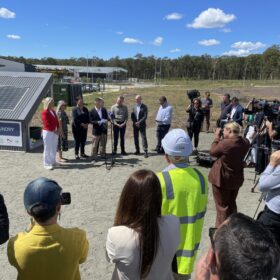
By submitting this form you agree to pv magazine using your data for the purposes of publishing your comment.
Your personal data will only be disclosed or otherwise transmitted to third parties for the purposes of spam filtering or if this is necessary for technical maintenance of the website. Any other transfer to third parties will not take place unless this is justified on the basis of applicable data protection regulations or if pv magazine is legally obliged to do so.
You may revoke this consent at any time with effect for the future, in which case your personal data will be deleted immediately. Otherwise, your data will be deleted if pv magazine has processed your request or the purpose of data storage is fulfilled.
Further information on data privacy can be found in our Data Protection Policy.